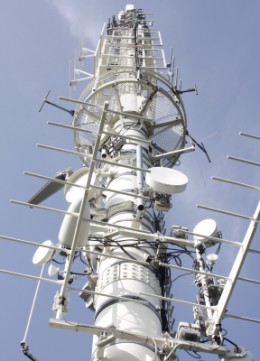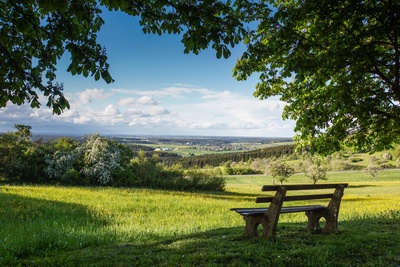In May 2011, the Council of Europe called on all governments of European countries to change their mobile policy: European governments should do their utmost to reduce radiation exposure from mobile phones. Concrete immediate measures were proposed as part of a precautionary policy, such as awareness campaigns, especially for children and young people, educational measures with the aim of rigorously restricting the use of mobile phones, and schools as WiFi-free zones. For the sake of electrosensitive people was demanded the maintenance or creation of radio-free areas . In addition, the recognition of the athermal health-damaging effects of microwave radiation, with the resulting mandatory lowering of the limit values.
 Mobile communications have become indispensable in our time and, in addition to other advantages, of course also provide a certain level of security in an emergency. Therefore: Abolition is not up for discussion. However, with the almost nationwide coverage provided by the GSM, UMTS and LTE networks, more and more people are sensitive to electromagnetic radiation. According to the environmental and consumer organization "Diagnose Funk", 10-15% of the population are currently expected to be affected. Ascending trend. Radiation-free retreats should be secured for these and all other people. And not just in your own shielded apartment.
Mobile communications have become indispensable in our time and, in addition to other advantages, of course also provide a certain level of security in an emergency. Therefore: Abolition is not up for discussion. However, with the almost nationwide coverage provided by the GSM, UMTS and LTE networks, more and more people are sensitive to electromagnetic radiation. According to the environmental and consumer organization "Diagnose Funk", 10-15% of the population are currently expected to be affected. Ascending trend. Radiation-free retreats should be secured for these and all other people. And not just in your own shielded apartment.
Since the introduction of the LTE standard (2010), for which the operators were required to cover the underserved, rural areas first, so that it is precisely there that people can now "benefit" from higher radiation exposure. In Germany there are hardly any "white spots" on the mobile phone map. To protect people and nature, however, free zones should be deliberately maintained or created. Where an entire community does not pull together and speak out against mobile phone transmitters in the area, national parks in particular offer legal protection.
Where “white zones” exist, they are either
 Thinly populated areas that are difficult to develop due to the geographical conditions and are uninteresting from a market point of view. These include e.g. B. a few remaining valleys in the Alpine region.
Thinly populated areas that are difficult to develop due to the geographical conditions and are uninteresting from a market point of view. These include e.g. B. a few remaining valleys in the Alpine region.
 Areas that are kept mobile-free due to "higher interest", e.g. B. the National Radio Quiet Zone in the eastern United States, where the reception of the Green Bank telescope should not be disturbed by cell phones. National Radio Quiet Zone im Osten der USA, wo der Empfang des Green-Bank-Teleskops nicht durch Mobilfunk gestört werden soll.
Areas that are kept mobile-free due to "higher interest", e.g. B. the National Radio Quiet Zone in the eastern United States, where the reception of the Green Bank telescope should not be disturbed by cell phones. National Radio Quiet Zone im Osten der USA, wo der Empfang des Green-Bank-Teleskops nicht durch Mobilfunk gestört werden soll.
 Areas protected by citizens' initiatives or the efforts of dedicated individuals, such as the Parc del Carnè in Italien (PDF) and other areas in particular in France and Spain. In Germany, the Weisse Zone Rhön association fought for a radiation-reduced community in Mansbach. However, the efforts were thwarted by the installation of a TETRA transmitter .
Areas protected by citizens' initiatives or the efforts of dedicated individuals, such as the Parc del Carnè in Italien (PDF) and other areas in particular in France and Spain. In Germany, the Weisse Zone Rhön association fought for a radiation-reduced community in Mansbach. However, the efforts were thwarted by the installation of a TETRA transmitter .
Even if electrosensitive people have an urgent need for mobile phone-free, natural recreation areas - and the preservation of such zones would also be important for nature - it will probably take some time before communities (and tourist associations) recognize the opportunities that result in consistent protection or development "white zones”.
Credits: Rainer Sturm/pixelio.de, Tom Mueck/pixelio.de.

